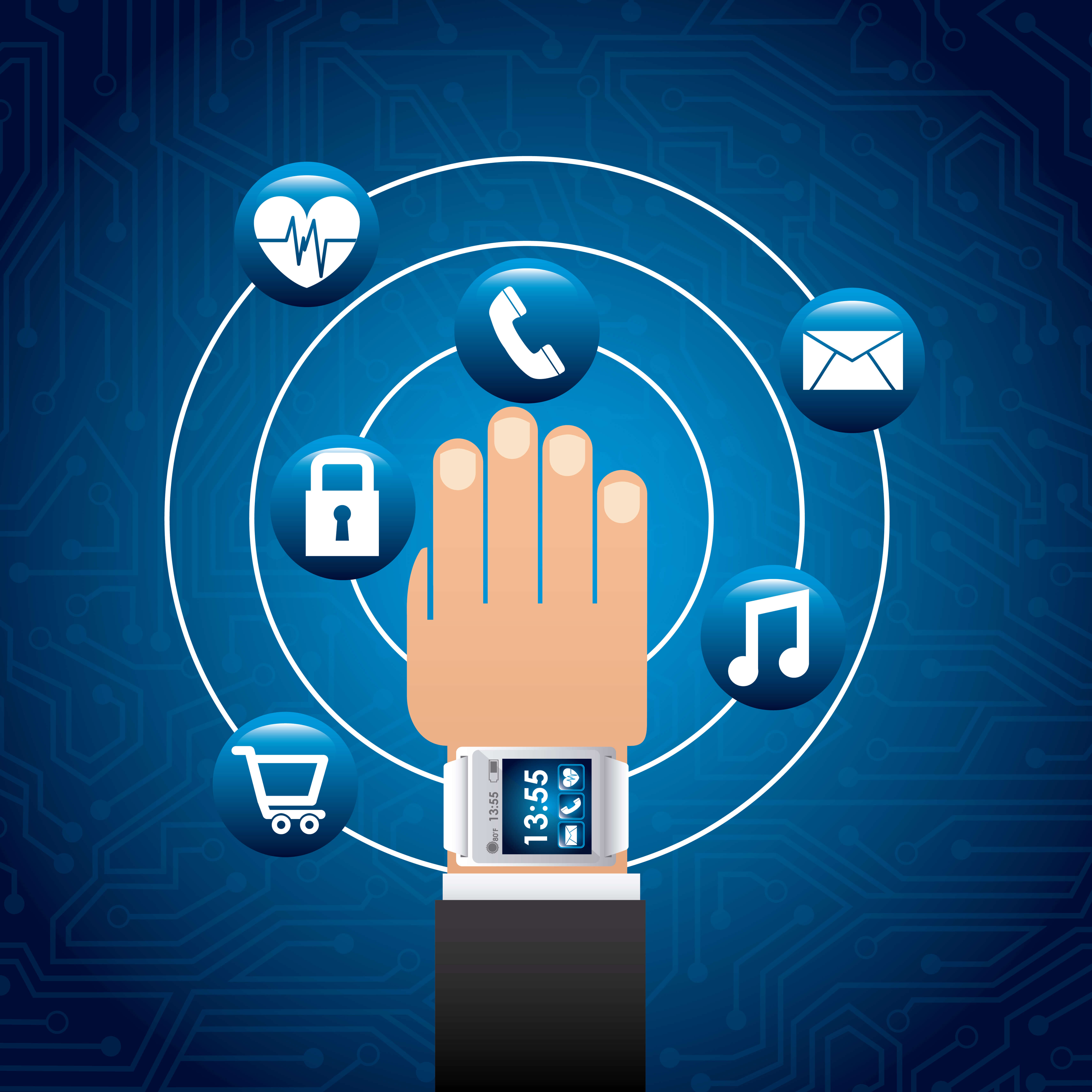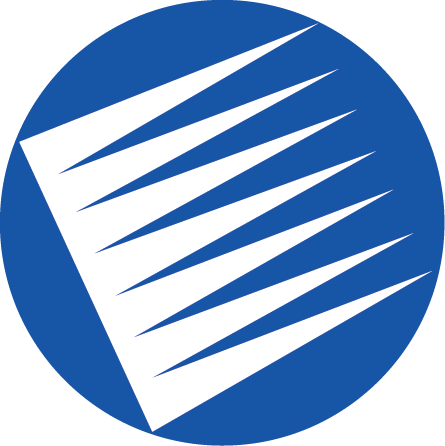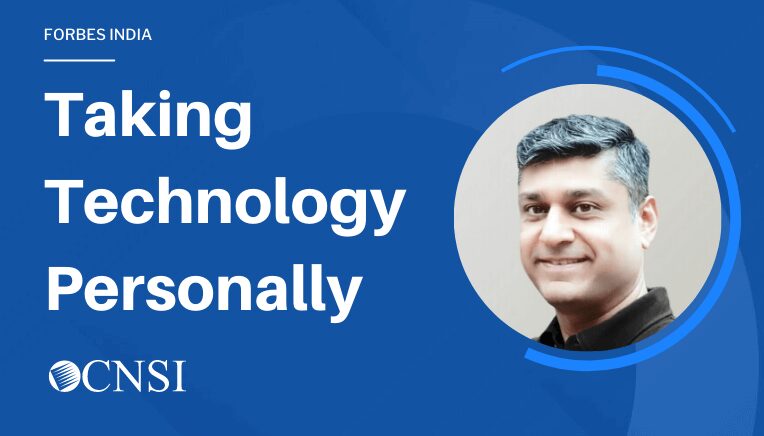
The Rise of Wearable Health Technology
February 4, 2015
Categories: Thought Leadership
 The past few years have seen the rise of what is called “wearable tech.” Hi-tech wristbands, watches and other devices that can track personal health data have flooded the market. The premise is simple. The better you can track vital statistics such as heart rate, steps taken in a day and quality of sleep, the better you can refine your diet and exercise to improve health.
The past few years have seen the rise of what is called “wearable tech.” Hi-tech wristbands, watches and other devices that can track personal health data have flooded the market. The premise is simple. The better you can track vital statistics such as heart rate, steps taken in a day and quality of sleep, the better you can refine your diet and exercise to improve health.
On a personal level, it seems to be a roaring success — the market is already worth more than $3 billion. The devices are so ubiquitous it’s not uncommon to hear coworkers comparing daily step counts around the water cooler. The effect wearables are having on accountability to an individual’s own health is admirable, but what about that next step? How can these devices, and the data they track, become useful to health care professionals?
NPR examined this issue in a recent article titled “Sure You Can Track Your Health Data, But Can Your Doctor Use It?” The reporter, Amy Standen, interviewed a San Francisco primary care physician who has experienced the rise of wearables first hand. “One of his patients arrived with pages and pages of Excel spread sheets full of data — everything from heart rate to symptoms to medications. Abramson says he didn’t know what to do with it all,” reports Standen.
It’s clear there is a disconnect between the capabilities of the technology and the ability of doctors to process it into anything useful. Further, it would be irresponsible for a doctor to trust information from an unregulated device operated by an amateur.
Despite these obstacles, wearables present an incredible opportunity for doctors to monitor patient data, especially in the pursuit of chronic disease management. Citing one such patient with Parkinson’s, Standen describes how he is using a wearable device to track the severity of his tremors and create a digital diary showing how tremors respond to minor changes in diet, sleep patterns or medication timing.
The future is bright for wearable technology. Full integration between the tech and doctors’ offices could have an enormous impact on doctors’ ability to treat patients. Already, CNSI is working on solutions that close the understanding and access gap between patients and the treatment they receive. In Michigan, the myHealthButton is redefining the way the Medicaid population manages its health care by providing resources, transparency, access to mihealth cards, provider search capabilities and authorized diagnoses and provider listings.
What do you think about the future of wearable technology? How can health information technology help enable the market? Tweet @CNSICorp to let us know!
Follow CNSI on Twitter.







